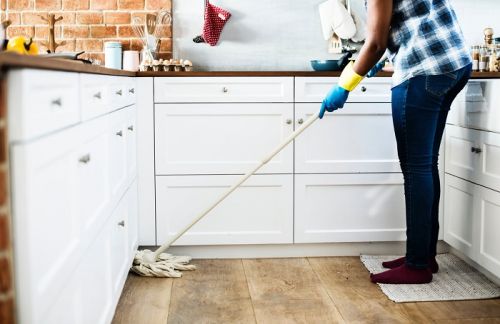Easy ways to spring clean sustainably
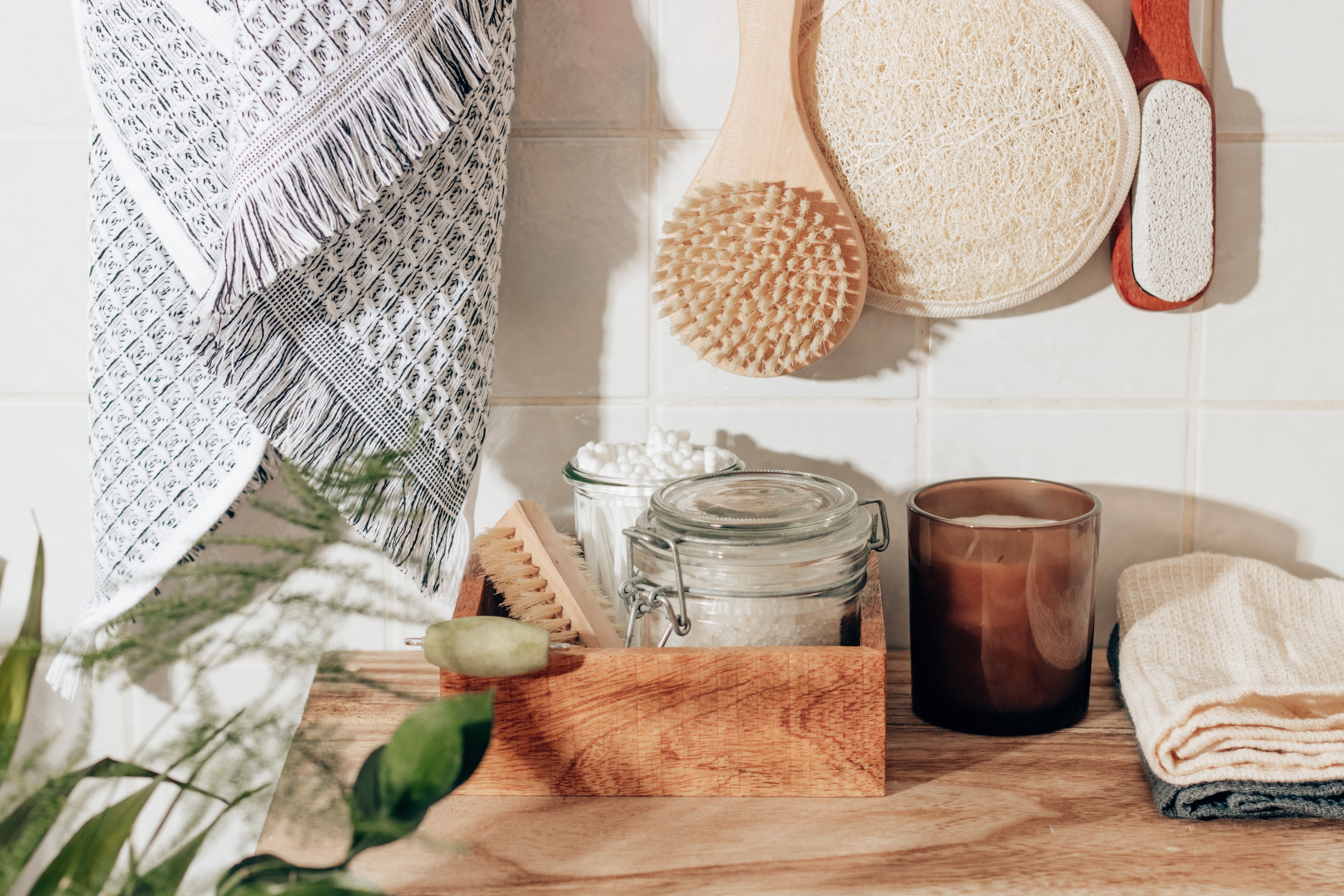
When the time for a spring clean comes around, we’re always on the lookout for the simplest and quickest ways to get the results that we’re after. Shortcuts are favoured, and often, they come in the form of a product that claims to disappear stains without scrubbing, or perhaps a quick-clean wipe that washes your floors better than a mop ever could. These methods aren’t always the most environmentally friendly, though – and when we start to think about cleaning more sustainably, ease and speed are two words that rarely spring to mind.
Despite what you may think, sustainable cleaning can in fact happen with ease – and without breaking the bank. In this guide, we’ll take a look at some of the small changes that you can make to your cleaning routine in order to be a little kinder to the environment.
Pick the most eco-friendly cleaning solutions
Sustainable choices can be made before you even enter your home, as the first step is to choose cleaning products while you’re shopping that are more environmentally friendly than some of their more harmful competitors.
It might seem like a hassle to spot the greener cleaning solutions, but the truth is, sustainability is a selling point, so you’ll usually be able to see just how green a product is by looking at the packaging. Don’t panic if you can’t spot it immediately, though – after all, while you’re making an effort to shop sustainably, you’ll want to also make sure that you are not falling victim to greenwashing. Look for packaging that can be recycled, or products that are biodegradable. Sometimes, making a more sustainable choice is as simple as choosing a pump spray over an aerosol product.
To take it one step further, have a rummage in your kitchen cupboards to see if you already have a natural product that will do a good cleaning job. Solutions like bicarbonate of soda and vinegar are your best friends when it comes to a spring clean, as they can be used to lift all sorts of stains from even the toughest of surfaces.
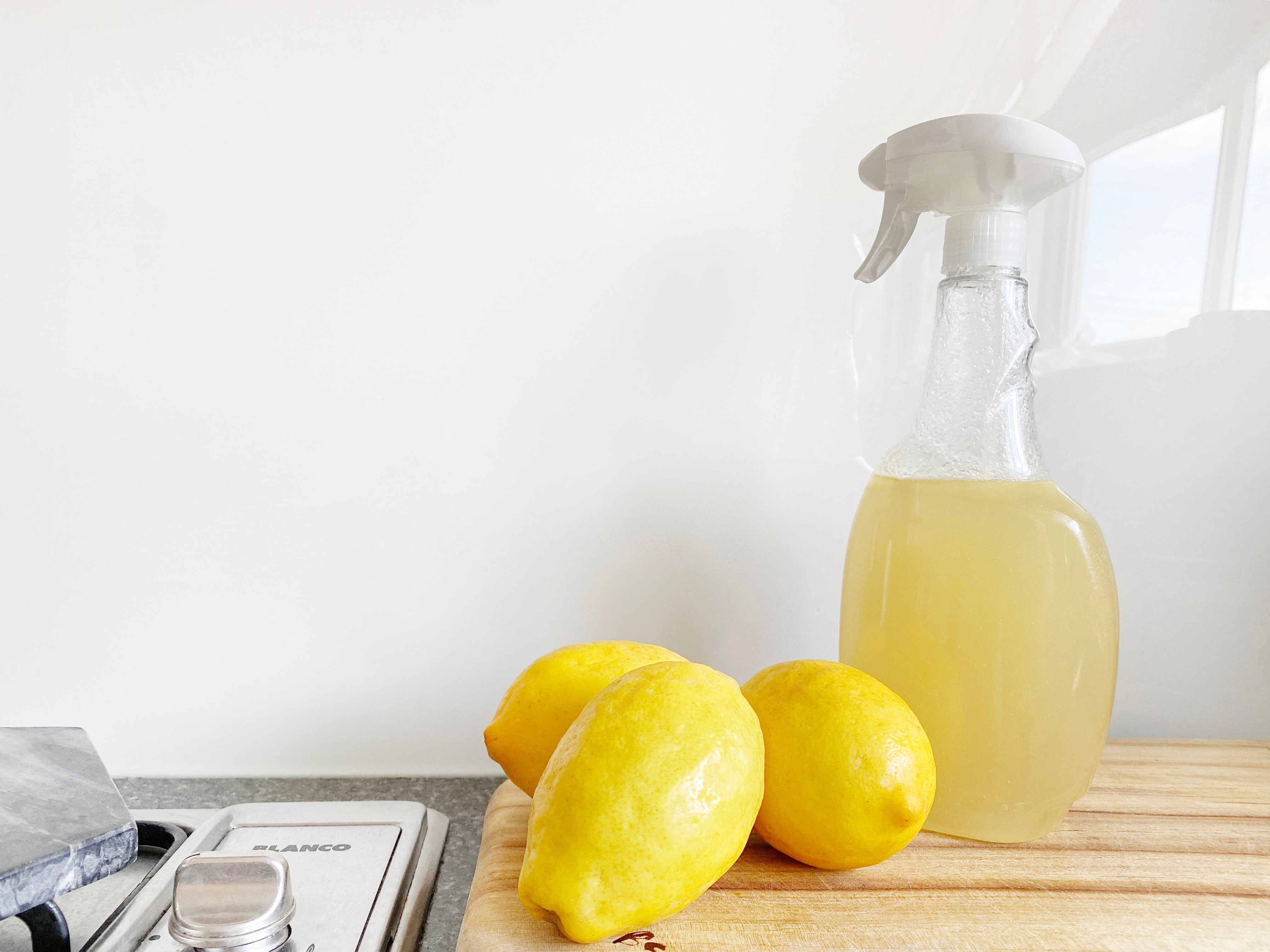
Use reusable towels instead of paper
Think about the last time you bought a roll of paper towels for your kitchen, and how quickly they were likely used up. Now, imagine just how much waste would be saved if each time you cleaned or dried a surface, you used a tea towel or sponge instead of that paper. Not only would doing so be a great way to save some money, but producing less waste to dispose of in landfill is a whole lot kinder to the environment, too.
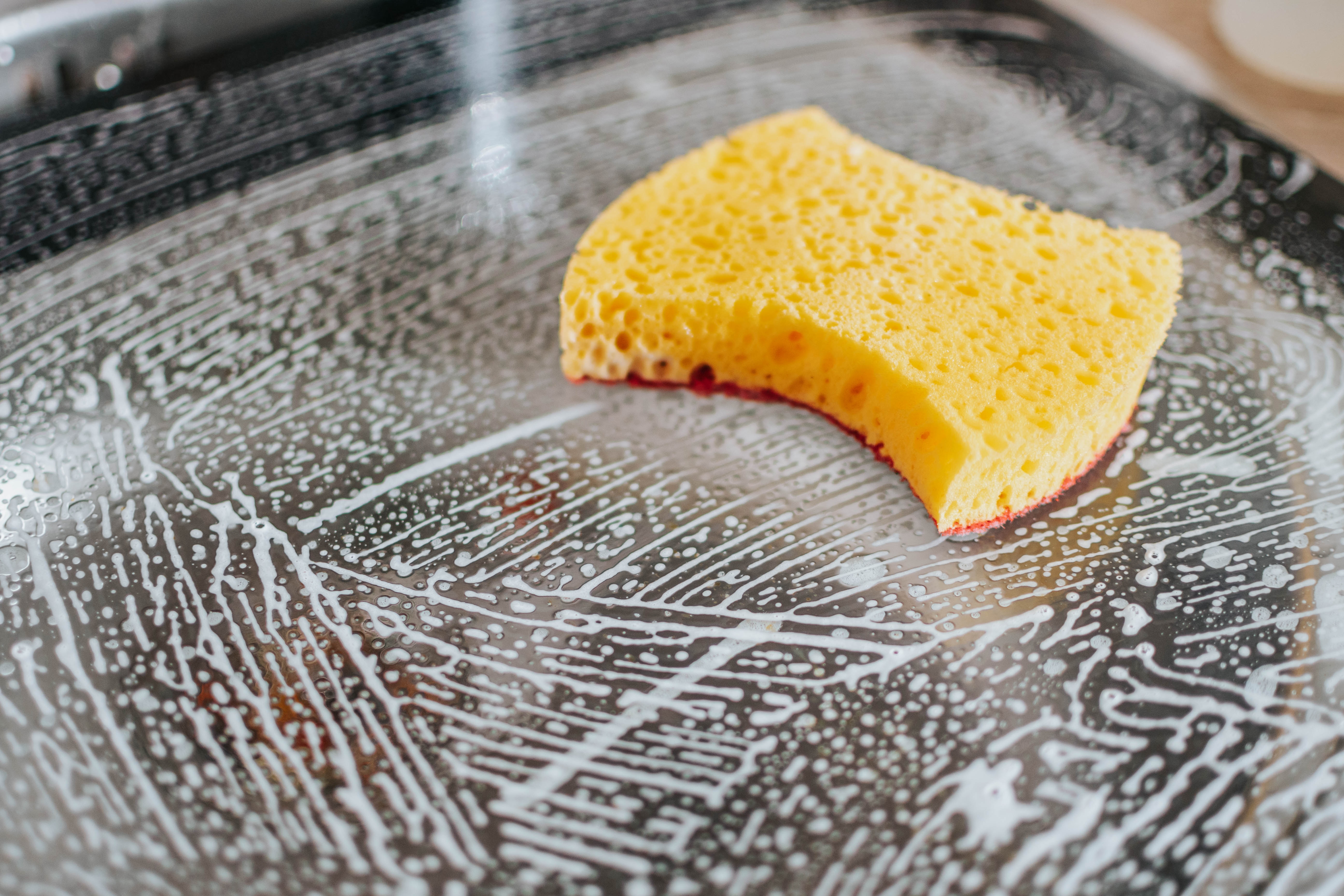
Recycle and repurpose where you can
Ideally, you’ll want to find new uses for objects that you would have otherwise thrown out. Consider using an old food container or jar for storage elsewhere in the home, or alternatively, gift it to a friend who may have a use for it. Used clothes and other household items can be donated to charity, or given to another family who may need them as an act of kindness.
Believe it or not, sustainability can be fun, too. Often, the materials that you think you have no use for can make great art supplies – think of a sponge you have no use for cut into pieces to dab paint, or Christmas tree decorations made out of tin foil.
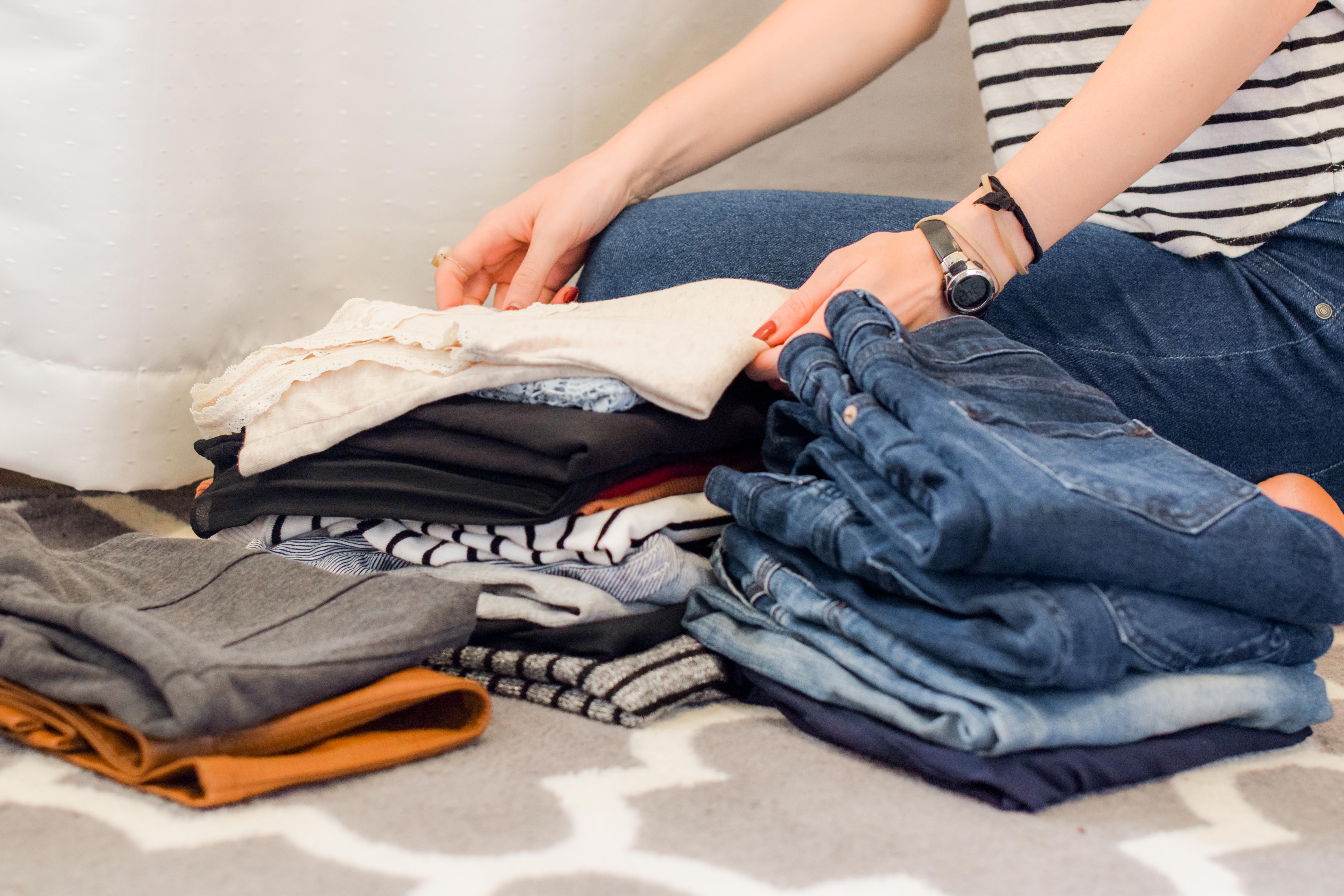
To sum up
Sustainability isn’t always about getting it completely right, but just doing your very best – after all, each small act makes a difference. By making more sustainable choices, you can feel good knowing that you have taken care of not only your house, but the entire world that is your home.
Topics
Check more articles on our blog
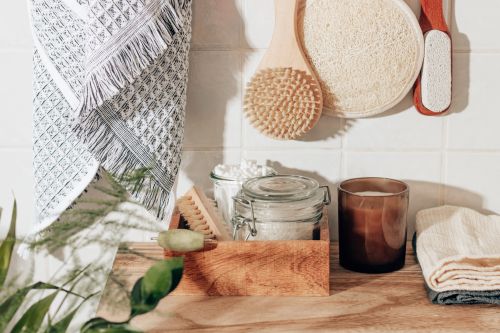
Easy ways to spring clean sustainably

The Evolution of UV-C Technology in the Cleaning Industry

How to Recycle and Repurpose Old Textiles: A Comprehensive Guide
